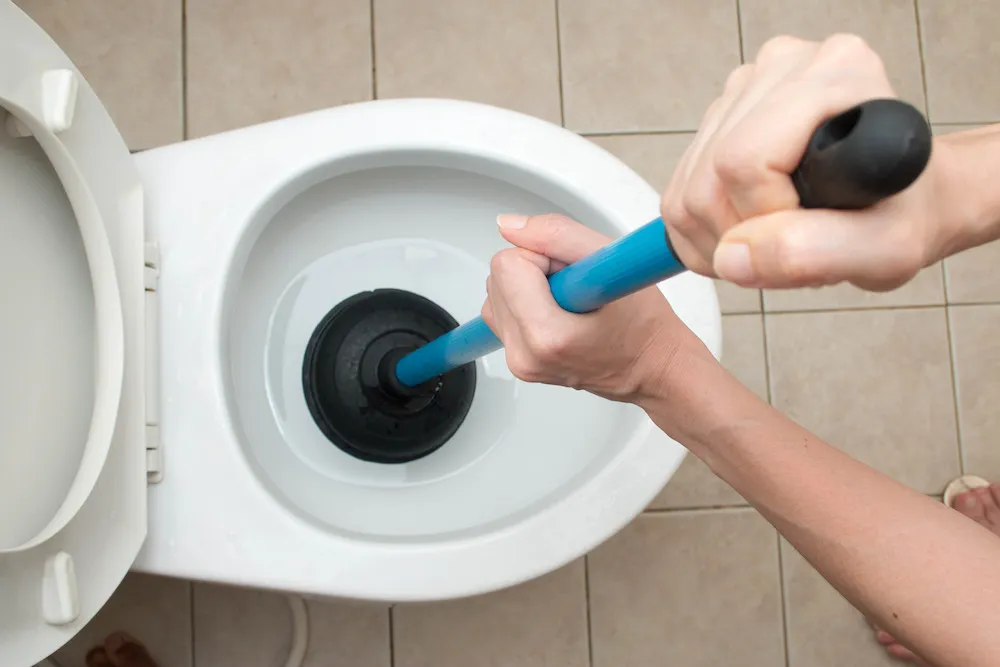Having a toilet that won’t flush can be a frustrating experience for any homeowner. Not only does it disrupt your daily routine, but it can also lead to more significant plumbing issues if not addressed promptly. In this article, we will explore the common causes of a toilet that won't flush and provide step-by-step solutions to restore functionality.
Understanding the Mechanism of Your Toilet
Before troubleshooting, it's essential to understand how a toilet works. A typical toilet flushes by the action of a flapper that lifts when you press the handle, allowing water to flow from the tank into the bowl. This action creates a siphoning effect that pulls waste down the drain. If any part of this mechanism fails, your toilet may refuse to flush.
Common Causes of a Toilet Not Flushing
1. Clogged Toilet
One of the most common reasons for a toilet not flushing is a clog. This can occur due to excessive toilet paper, foreign objects, or even buildup from hard water.
How to Identify:
Listen for gurgling sounds when trying to flush.
Observe slow draining after flushing.
2. Faulty Flapper
The flapper valve is a critical component that controls the release of water from the tank. If it is damaged or misaligned, it may not lift properly.
How to Identify:
Check for water leaking from the tank into the bowl when the toilet is not in use.
Observe if the flapper appears warped or worn out.
3. Low Water Level in the Tank
A toilet requires an adequate water level in the tank to function properly. If the water level is too low, the flush may be weak or ineffective.
How to Identify:
Remove the tank lid and check the water level against the marked line inside the tank.
4. Chain Issues
The chain that connects the flush handle to the flapper can sometimes become tangled or disconnected, preventing the flapper from opening.
How to Identify:
Inspect the chain for kinks or slack.
Make sure it’s not too tight or too loose.
5. Blocked Rim Holes
Over time, the rim holes underneath the toilet bowl can become blocked with mineral deposits. This can restrict water flow during a flush.
How to Identify:
Observe if water flows unevenly when you flush.
Step-by-Step Solutions
1. Addressing a Clogged Toilet
If you suspect a clog:
Use a Plunger: Make sure to use a flange plunger, as it creates a better seal. Place it in the bowl and push down firmly, then pull up sharply to create suction.
Use a Toilet Auger: For stubborn clogs, a toilet auger can help break up or retrieve the obstruction. Insert it into the toilet and crank the handle to push through the blockage.
2. Replacing the Flapper
If the flapper is faulty:
Turn Off the Water Supply: Locate the shut-off valve behind the toilet and turn it clockwise.
Remove the Old Flapper: Disconnect the flapper from the chain and detach it from the mounting pegs.
Install a New Flapper: Attach the new flapper in the same position, ensuring a secure fit. Reconnect the chain, leaving a little slack.
3. Adjusting the Water Level
To correct low water levels:
Adjust the Float: Depending on your toilet type, either bend the float arm or adjust the screw to raise the water level to the indicated line.
Check the Fill Valve: If adjustments don’t work, the fill valve may need replacing.
4. Fixing Chain Issues
To fix the chain:
Adjust the Chain Length: If the chain is too tight, give it some slack. If too loose, shorten it to ensure proper lifting of the flapper.
Reconnect Loose Chains: If disconnected, simply reattach the chain to the flapper and handle.
5. Cleaning Blocked Rim Holes
To clear rim holes:
Use a Wire Coat Hanger: Straighten the hanger and use it to poke through the rim holes. Be gentle to avoid scratching the porcelain.
Vinegar and Baking Soda: Pour a cup of baking soda followed by a cup of vinegar into the bowl. Let it fizz for 30 minutes and then flush to clear any debris.
Preventive Measures
1. Regular Maintenance
To avoid future issues:
Schedule regular checks on your toilet's components, including the flapper, fill valve, and chain.
Clean your toilet and its components periodically to prevent buildup.
2. Mind What You Flush
Be mindful of what goes into your toilet. Avoid flushing items like wipes, paper towels, and personal hygiene products that can cause clogs.
3. Install a Water Softener
If hard water is an issue, consider installing a water softener to reduce mineral buildup that can clog rim holes and other components.
Conclusion
In summary, a toilet that won’t flush can often be resolved with simple troubleshooting steps. By understanding the common causes and implementing the outlined solutions, homeowners can restore their toilet's functionality efficiently. Regular maintenance and mindful flushing habits will also help prevent future issues, ensuring that your toilet remains in good working order.

